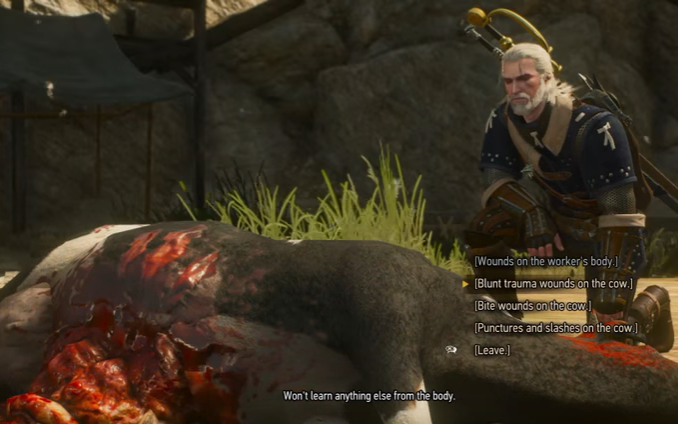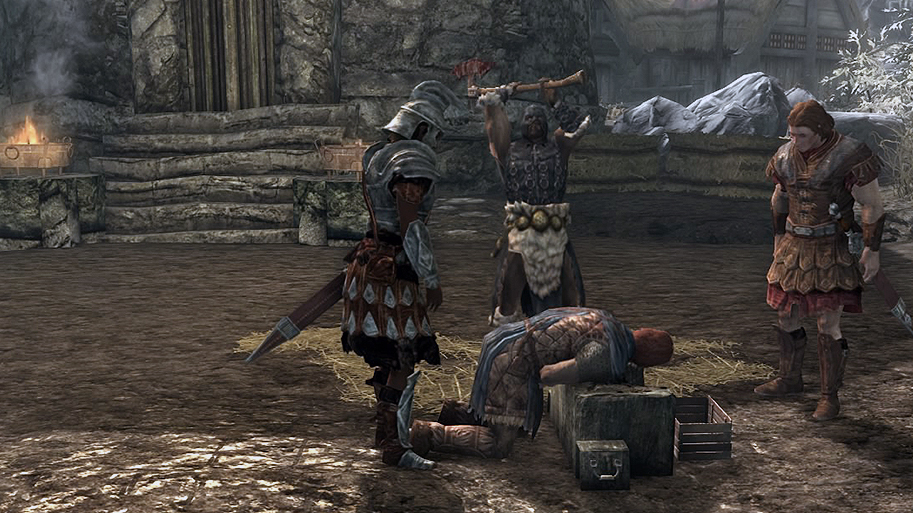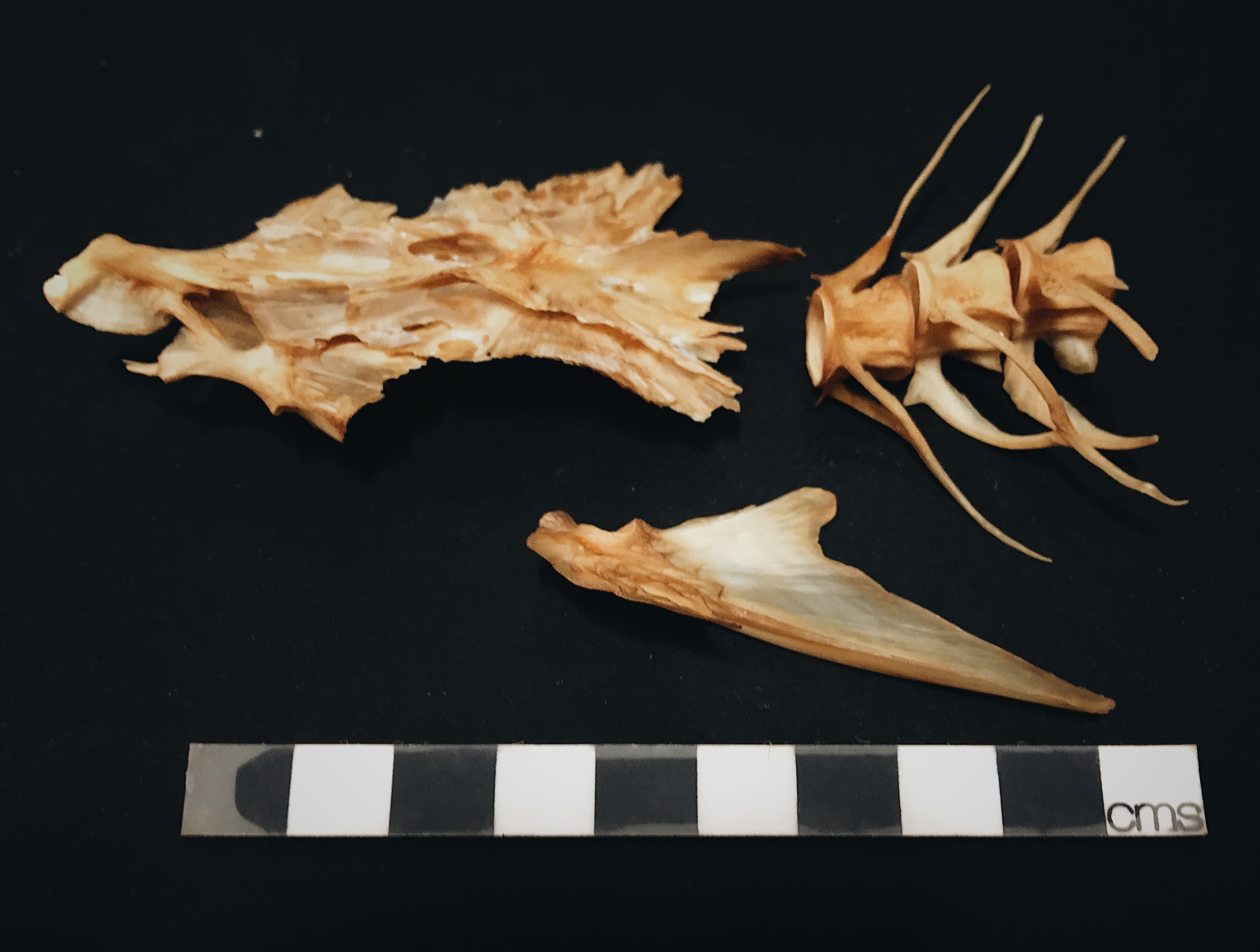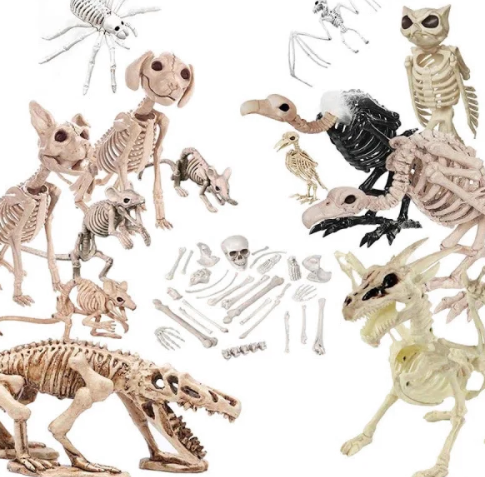
It’s that time of year again, folks – the spookiest time of the year, where the most frightful and terrifying creatures are out and about to scare us mortal beings…
I am, of course, talking about Halloween and, more specifically, the terrifying haunted beings which are the inaccurate animal skeletons that are sold at every Spirit Halloween in the United States (and elsewhere, if you’re…well, elsewhere).
And yes, this is something I’m apparently fixated on, but frankly if you spent most of your adult life becoming an expert at animal osteology, you too would be spooked by the amount of wildly inaccurate skeletons being sold to the general public – and let’s be honest, it’s getting worse because you’re telling me they’re now selling “skeleton” bugs too?! What’s next? Skeletons of invertebrates?!
Oh wait, they do that already…
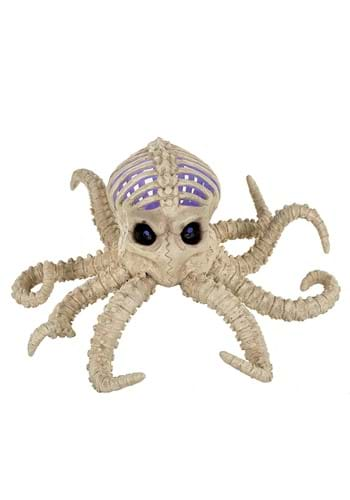
Anyway, instead of ranting just about how much these harmless plastic figures infuriate me, I figured this could make for a good teaching moment about ears and why on earth these abominations have them.

So, let’s start off with the obvious: skeletons do not have ears. At least, not in the way we think of them. What we normally identify as ears are, for the most part, just cartilage with skin over them – that’s why they’re so bendy and flexible! That’s not to say that we don’t have any specific bones associated with ears, however – what is known as the “middle ear” in mammals is actually made of three small bones, or ossicles: the malleus, incus, and stapes (Standring 2015, p. 607). It also isn’t just mammals with these as well – bony fishes have otoliths to help with both hearing and movement (Schulz-Mirbach et al. 2019, p. 457), birds have an ossicle called the columella auris, and reptiles just have the stapes ossicle (Anthwal et al. 2013, p. 147).
Okay, we have now established with science that these skeletons are inaccurate – so then, what’s the explanation for why they’re designed like this? Obviously the skeletons aren’t 1:1 replicas, but in some instances they’re close enough to the real thing that it is clearly feasible for designers to just…make them accurate. Why the need for the ridiculousness? Why the ears?!
It’s most likely due to the human brain and its ability to recognise and identify things. You see, the human brain has a knack for using patterns to understand and gather information about something that is being viewed. In identifying other humans or animals, this often requires specific sensory cues such as a face: eyes, nose, mouth, etc. It’s this mechanism that also allows humans to identify face-like features in inanimate objects (Palmer and Clifford 2020, p. 1001). In addition, research has shown that the human brain also tends to visualise a “skeleton” of objects and animals in order to further recognise them – this seems to help humans judge the similarity between things and comprehend more unusual shapes (Ayzenberg and Lourenco 2019). With regards to animals, the human brain also breaks down a creature into specific properties to help with recognition – for example, the brain may use “fluffy” as an identifying property of a dog to identify that it is, indeed, a dog (Hebart et al. 2020).
So yes, in retrospect it makes sense why these decorations are designed like this. For nerds like me, years of training has allowed me to identify bones down to itty bitty fragments (on a good day, perhaps), so I am utterly repelled by these skeletons. But for the general public, things such as non-existent bone ears help them recognise the animal that is supposed to be represented with these plastic decorations. And this conclusion could probably be extended to human bones as well, specifically the most famous one of all: the femur bone.
That all said…I still hate them. Happy Halloween, folks.
References
Anthwal, N., Joshi, L., Tucker, A.S. (2013) Evolution of the mammalian middle ear and jaw: adaptations and novel structures. Journal of Anatomy 222, pp. 147-160.
Ayzenberg, V. and Lourenco, S.F. (2019) Skeletal descriptions of shape provide unique perceptual information for object recognition. Scientific Reports 9.
Hebart, M.N., Zheng, C.Y., Pereira, F., and Baker, C.I. (2020) Revealing the multidimensional mental representations of natural objects underlying human similarity judgements. Nature Human Behaviour 4, pp. 1173-1185.
Palmer, C.J. and Clifford, C.W.G. (2020) Face Pareidolia Recruits Mechanisms for Detecting Human Social Attention. Psychological Science 31(8), pp. 1001-1012.
Schulz-Mirbach, T., Ladich, F., Plath, M., and Heß, M. (2019) Enigmatic ear stones: what we know about the functional role and evolution of fish otoliths. Biological Reviews 94, pp. 457-482.
Standring, S. (2015). Gray’s Anatomy E-Book: The Anatomical Basis of Clinical Practice. Elsevier Health Sciences.
If you’re financially stable enough, why not donate to help out marginalised archaeologists in need via the Black Trowel Collective Microgrants? You can subscribe to their Patreon to become a monthly donor, or do a one-time donation via PayPal.
My work and independent research is supported almost entirely by the generosity of readers – if you’re interested in contributing a tiny bit, you can donate here.






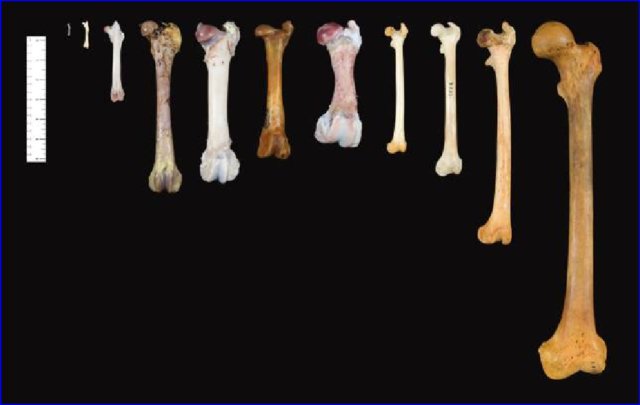

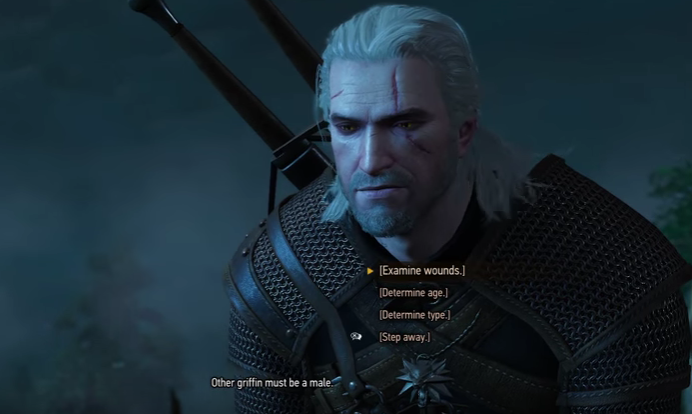
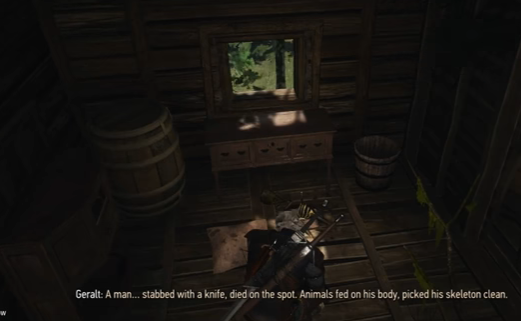 Geralt, the main character, is a Witcher (have I written that word enough yet?). This means he’s been trained and physically & genetically enhanced in order to combat monsters and other deadly creatures.
Geralt, the main character, is a Witcher (have I written that word enough yet?). This means he’s been trained and physically & genetically enhanced in order to combat monsters and other deadly creatures.